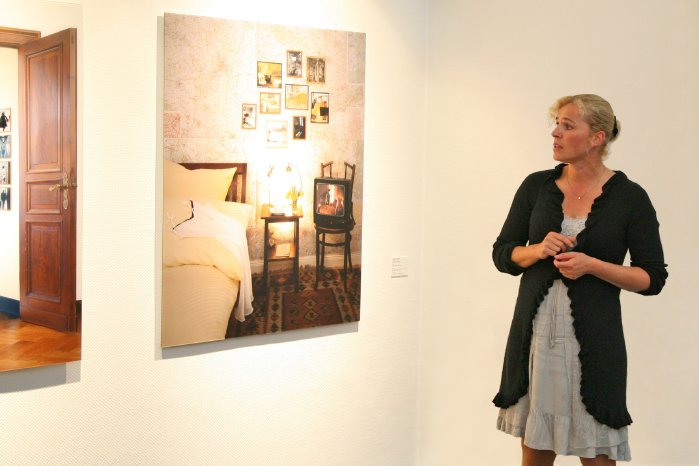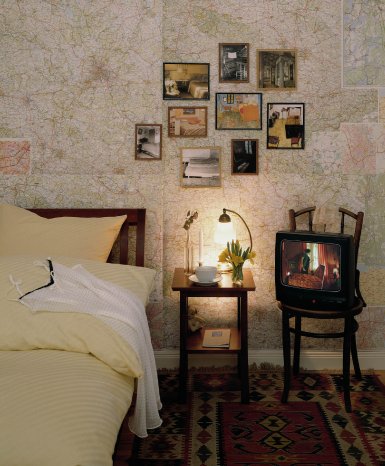The artist draws on different genres, times and styles to create profound and at times melancholic visual worlds that seem to hover between illusion and imagination.
Anett Stuth was born in Leipzig in 1965. In 1991, she began studying photography at the Academy of Visual Arts in Leipzig under Prof. Arno Fischer. After graduating, she joined the class of Prof. Timm Rautert as a master student. Since then, she has lived and worked in Berlin. Her pictures are currently on display in Löhrl art gallery in Mönchengladbach under the title “Nichts bleibt wie es war” (Nothing Stays the Same) and in the Museum of Fine Arts in Leipzig. For many years now, Anett Stuth has used lenses made by Schneider-Kreuznach to create her works of art.
The exhibition is being held on the premises of Jos. Schneider Optische Werke, Ringstraße 132, in Bad Kreuznach. Entrance is free.


